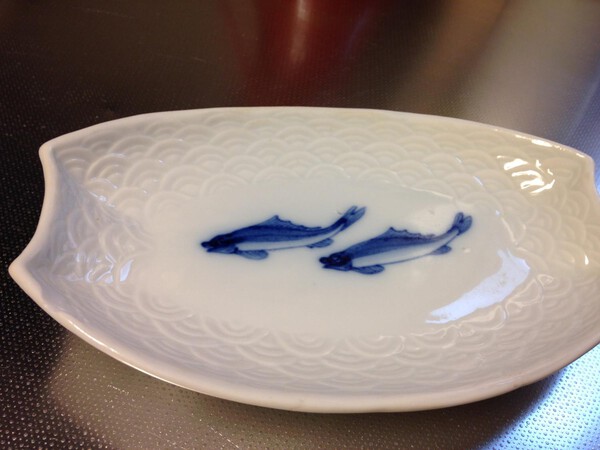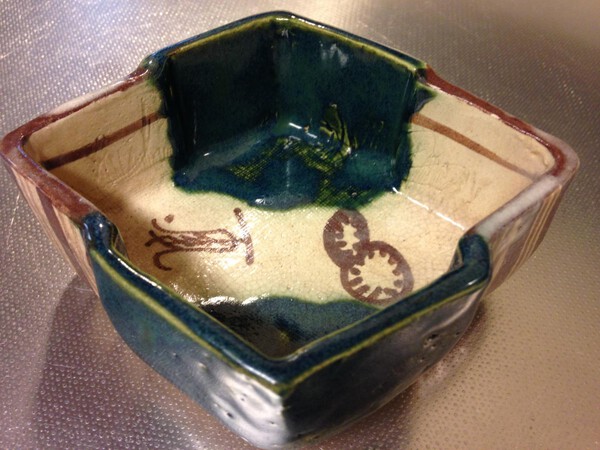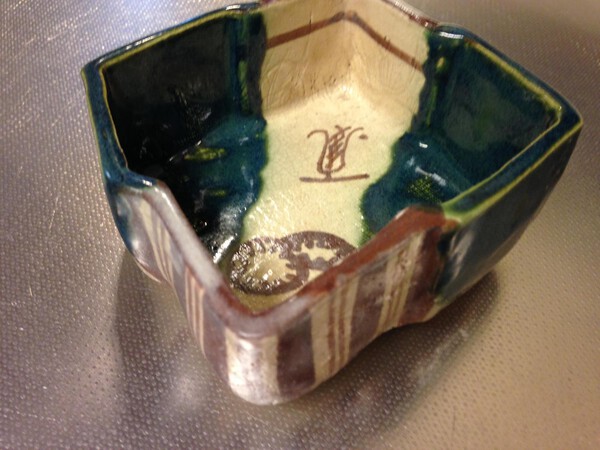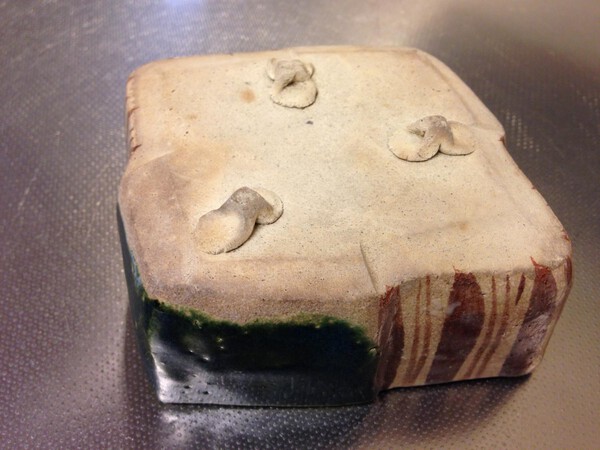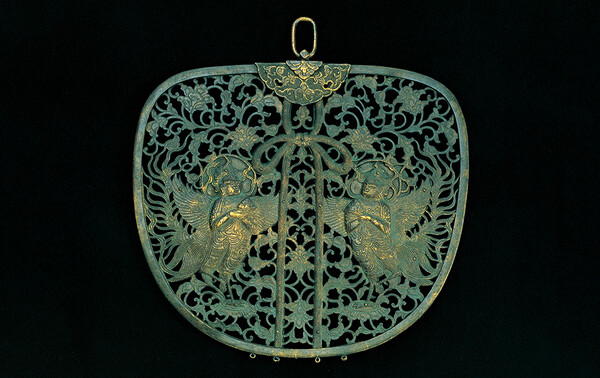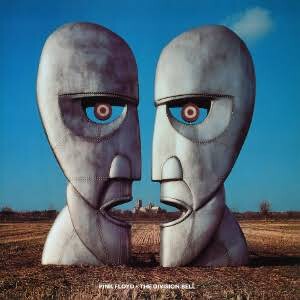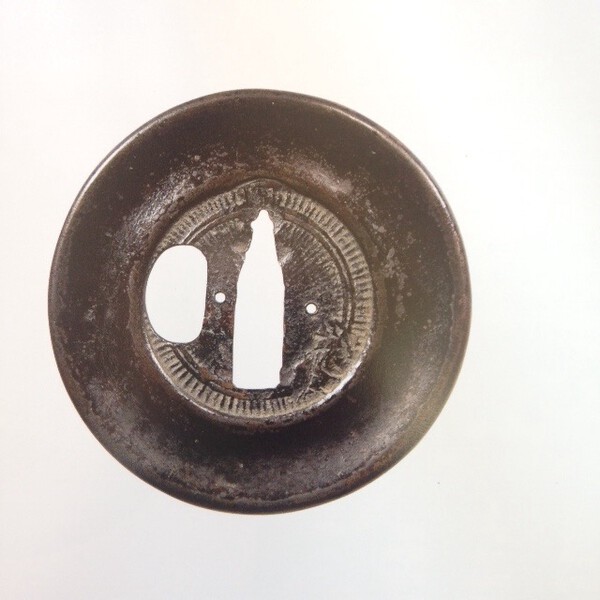-
Posts
1,813 -
Joined
-
Last visited
-
Days Won
8
Content Type
Profiles
Forums
Events
Store
Downloads
Gallery
Everything posted by Henry Wilson
-
The kanji on the left seems to say Shoami 正阿弥. The kanji on the right is probably a location but I can't read it too well.
-
I don't think the plate is katchushi, and if anything it would be more tosho. But it being one or the other is redundant as the tsuba is clearly Heianjo. Looking at the plate is not going to tell you much about the date IMHO. I think the brass inlay, and its composition in relation to the ko-sukashi is more revealing.
-
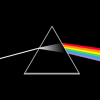
Tsuba Differences Between Wakizashi And Katana?
Henry Wilson replied to general_piffle's topic in Tosogu
Sorry to be pedantic but daisho means big (大 dai) and small (小 sho). -
I love the kebori of cut rice straws. I would like to see more if you have time to post more shots. If you ever get tired of it Barry, drop me a line!
-
I would agree modern just by the condition as it does not look very travelled. The triad also looks very new too but closer pictures of them might shed more light on dates.
-
Thanks Steve. The picture has the bird in a dead tree suggesting autumn/winter. Renjaku 連雀 means sparrow so I looked in Joly and he says they are emblematic of gentleness.
-
It could be Kamakura-bori. The plate looks tosho/katchushi and the carving seems to be abstract Chinese landscape inspired. It does not have the finesse seen with such a school though imho and there is unconventional look to the tsuba in general. Interesting to hear what others may say.
-
Hi Philip Thanks for the kind words. I think I know the shop. It is a window of stuff that you have to ask about. If so I got two of these there just off Takeshita Dori. Further down Omotesando in the area of the Nezu museum is this place where I got the Oribe plates. He might have a few more left https://m.facebook.com/IshiiCollection/
-
I picked up a nice set of 5 matching Oribe plates recently. They apparently could date to the Meiji period but the cynic in me is doubtful. The green glaze ranges from vibrate colour to a flatter blue hue across the set of 5. I love the lines across the edges that are straight but takes on a Fuji shape because of the angle. One of the motifs seems to be a gourd, the other a flower or kanj. Anyone any ideas?
-
Ko Kagamishi (NBTHK's attribution). Similar but not the same design on each side. The beveled rim catches the light and reflects a kind of corona.
-
Thank you Peter. Japanese waxwing or ヒレンジャク (Hirenjaku) it seems to be. Coincidentally I live in KamiRenjaku I am glad it is not a parrot or something like that! Does anyone have an idea of the significance such a bird might have?
-
Can anyone identify this bird? It is a from an old hanging scroll painting of mine. Many thanks in advance.
-
just reread my post above. I meant to say I think the colours are nice.
-
The hitsuana suggest pre Edo. Nice tsuba. I think the colours.
-
I know very little about Akasaka tsuba and only own one that is part a koshirae published in one of the KTK catalogues. To get the ball rolling I offer this. From a quick scan through 'Aesthetic study' I would say that the left tsuba with the gold plug is from one of the first Tadamasa as the work style resembles the descriptions there. The tsuba on the right looks earlier as it seems more rustic and slightly more naive in design (more up my alley to be honest), therefore I would say that it is Ko Akasaka I think though that the thickness of the tsuba and details of the sukashi work is also needed for a thorough job. That is my excuse always! Looking forward to learning more. PS. I would also say that the left tsuba is a rice design
-
One Fuji Two hawks Three aubergine New Year auspices dreams I presume. What's the link with the tsuba?
-
-
- 7 replies
-
- 10
-

-
What practical joke was that then?
-
I think that iron tsuba is like looking at rocks in a river. There is something under the surface to be seen if you Just look. There is texture, layers and a dynamic; a 2D effect that kinko generally don't have. Iron makes me think of the temples in Kyoto such as Ginkaku-ji and the likes. Moss, moisture and earth. The Yanagi book Ford mentions put it all very nice in that I think that they are created with an ease that defines themselves. On the other hand, I feel that most kinko is quite the opposite. They remind me of looking at precious jewels. Glitter and brightness that is designed to dazzle. Nice in itself but not very nourishing in my opinion. Rocks and jewels are both similar but fundamentally evoke different things. The difference could depend on how you see yourself; a lord a serf?
-
I love those koshirae. I remember when they were for sale long ago. The uchigatana one is intersting as the end of the saya is rounded. Sasano suggests somewhere in Tosogu no Kigen, (or is it Uchigatana Goshirae?) that it could indicate that it is a secondary item of a daisho. Just some Sunday morning musings☕️
-
Insipidity to the left I would say. I love old iron but the only soft metal tsuba to join my collection is this Ko Kagamishi.
-
I always love Ford's recommended reading. I have just ordered the ones I don't have. I too second Sasano gold book for text but the silver book for pictures. I love Arnold's explanation too. One more source that is free is Jim Gilberts site: http://home.earthlink.net/~jggilbert/tsuba.htm
-
The pattern of the top cups looks kabuki-esque to me. Intersting WW2 cups and flasks. Is there anything on the cups to suggest that they belong to the box? I would expect Kutani to have bolder designs.
-
Forgot to add it is a nice and interesting tsuba. Congratulations!


